Netflix’s new Woman of the Hour movie reminds us that survival often looks quieter, and scarier, than the stories Hollywood usually tells.
There’s a moment in Woman of the Hour, a small, almost quiet moment that hits harder than any headline. It’s not the violence, not the killer’s confession, it’s a woman, smiling politely, while her instincts scream underneath.
It’s a smile that says: I know I’m not safe. And I know no one’s coming to save me.
Woman of the Hour Movie Survival: Real Stories Behind the Silence
Directed by Anna Kendrick, herself a survivor of emotional abuse Woman of the Hour movie tells the true story of Sheryl Bradshaw and Amy, two women who survived close encounters with serial killer Rodney Alcala during his crime spree in the 1970s.
Both women escaped, barely, not by fighting, but by navigating danger through instinct, deescalation, and politeness.
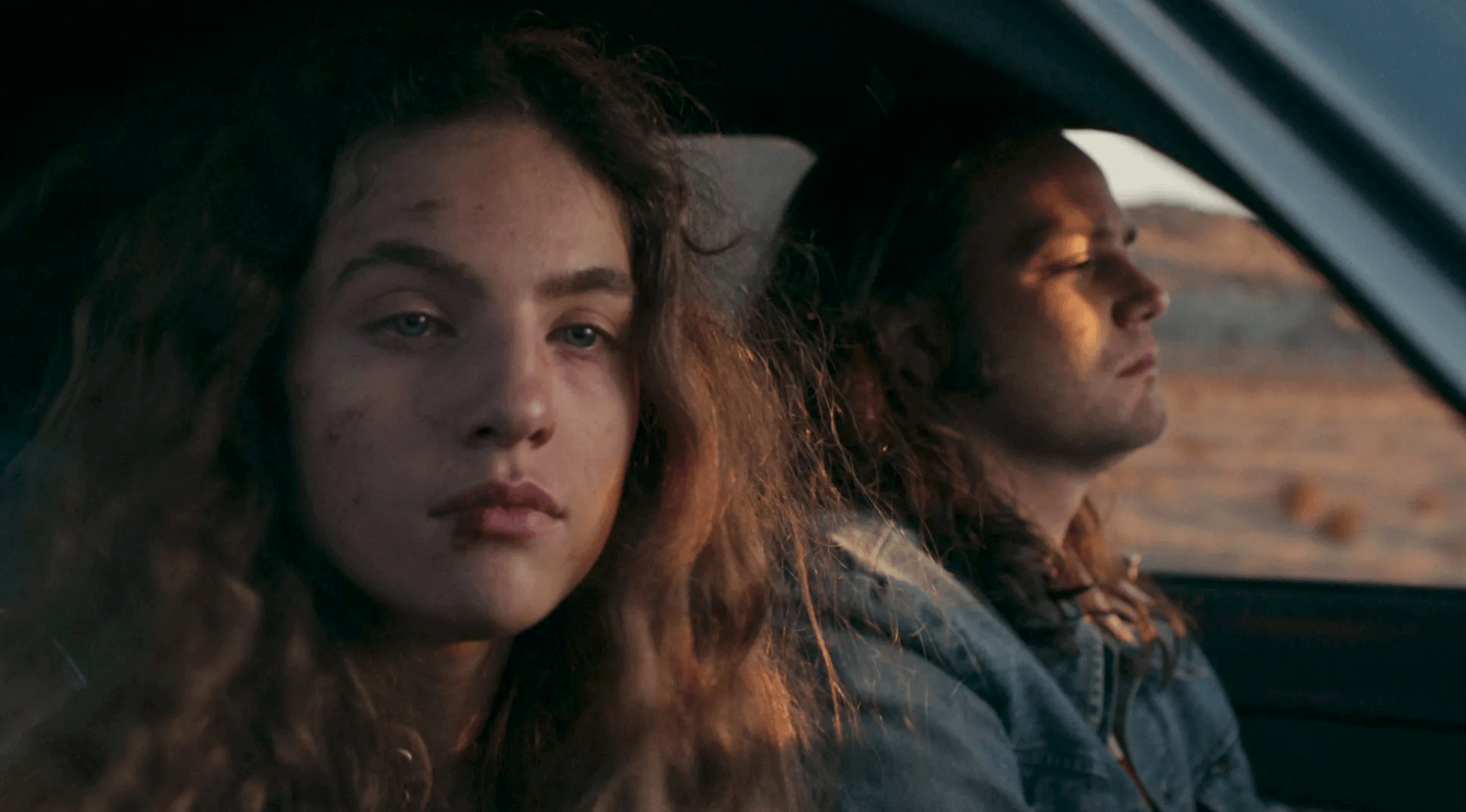
Sheryl (Cheryl Bradshaw), a contestant on a 1970s dating game show, sensed something was wrong with Alcala off-camera.
She trusted her gut and ultimately refused to go on the prize date an instinctive decision that may have saved her life.
Amy, another would-be victim, survived a more harrowing encounter: by cooperating, by smiling, by keeping the predator’s ego soothed long enough to survive the night.
Woman of the Hour doesn’t just show you what happened. It shows you the quiet microaggressions of survival, the emotional labor women are forced to perform to stay alive.
The way women are taught to laugh things off, to stay pleasant, to manage male emotions even when their own safety is at risk.
Great job, Anna, for capturing survival, not just spectacle.
A Survival Skill Disguised as Politeness
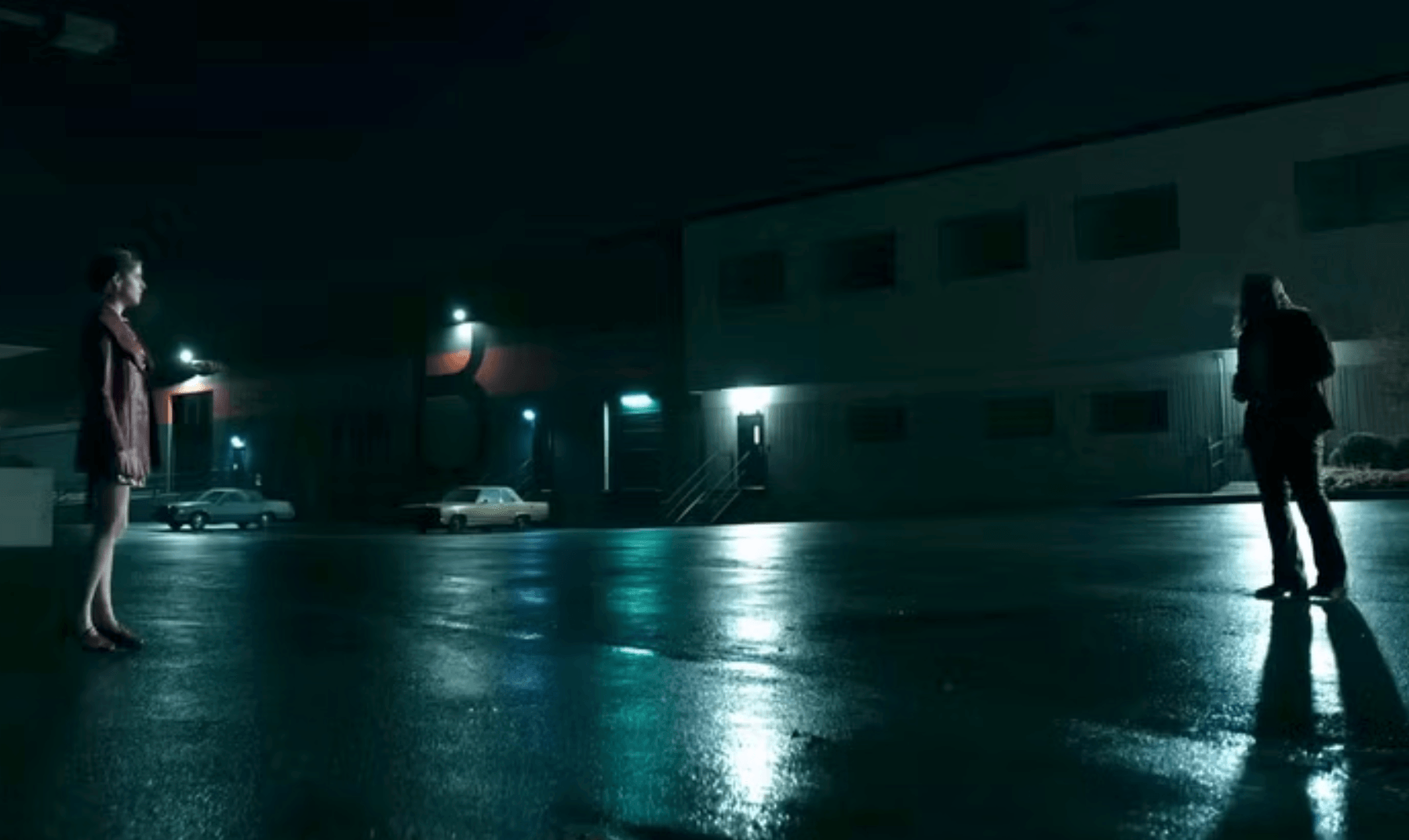
Psychologists have long noted that women are socially conditioned to prioritize harmony even at personal cost (Gilligan, 1982).
In dangerous situations, that conditioning becomes a weapon of survival. Smiling isn’t weakness. It’s strategy, the ability to read the room faster than anyone else, it’s the decision to survive first, and scream later.
Why Woman of the Hour Movie Matters Right Now
We live in a world obsessed with true crime.
But Woman of the Hour shifts the focus: it shows what survival actually looks like. It isn’t dramatic, It isn’t cinematic, It’s quiet, uncomfortable, and heartbreaking.
It reminds us that survival doesn’t always look like running or fighting. Sometimes, it looks like wearing a smile that isn’t yours, just to make it out alive.
This story isn’t the end.
Keep exploring how survival looks, and feels on our Murder Media, and the Quiet Art of Survival series

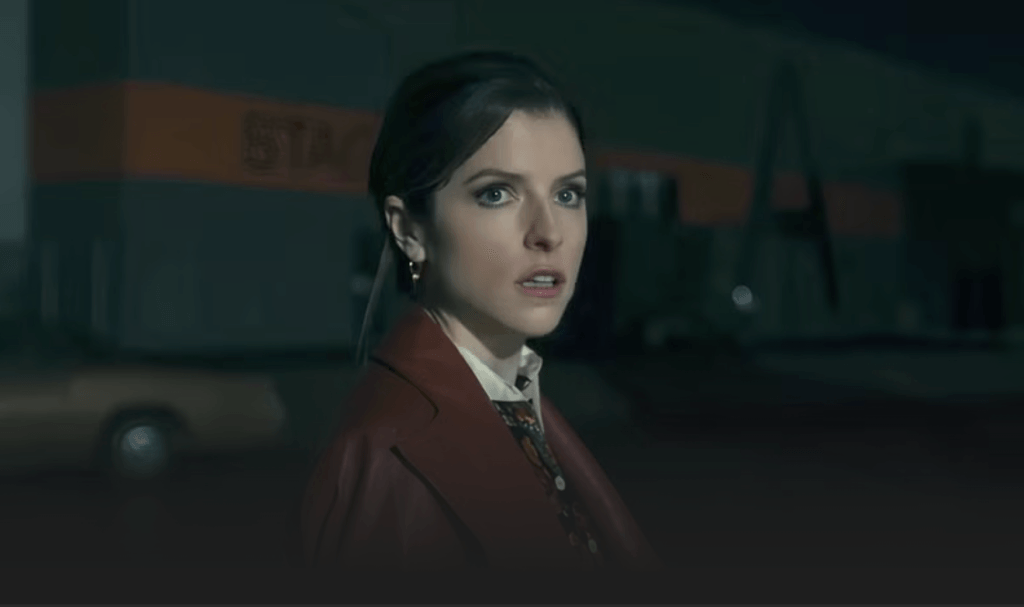

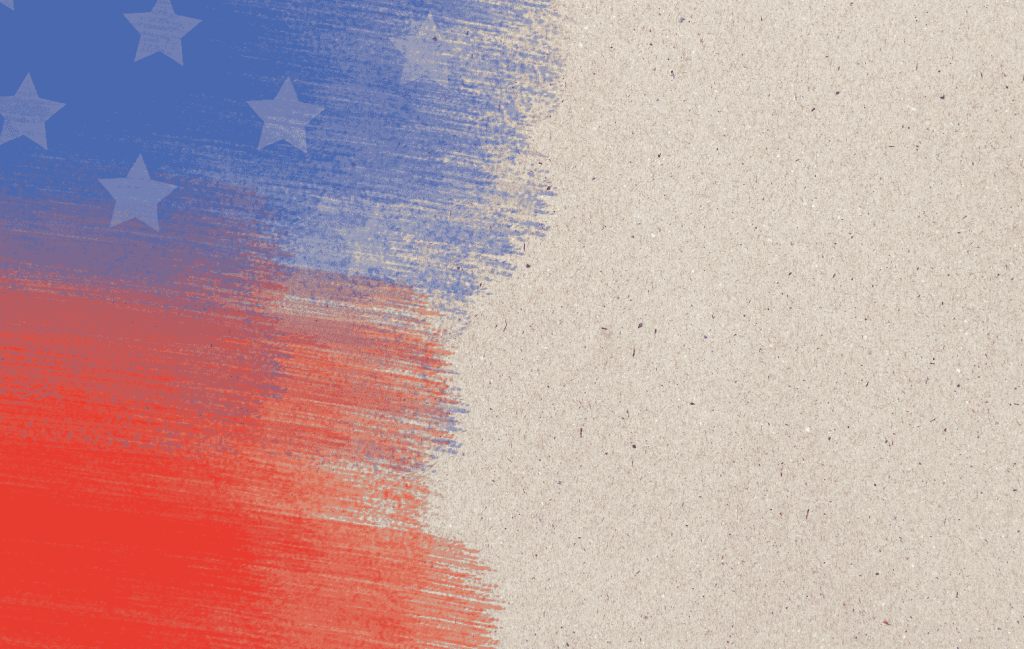
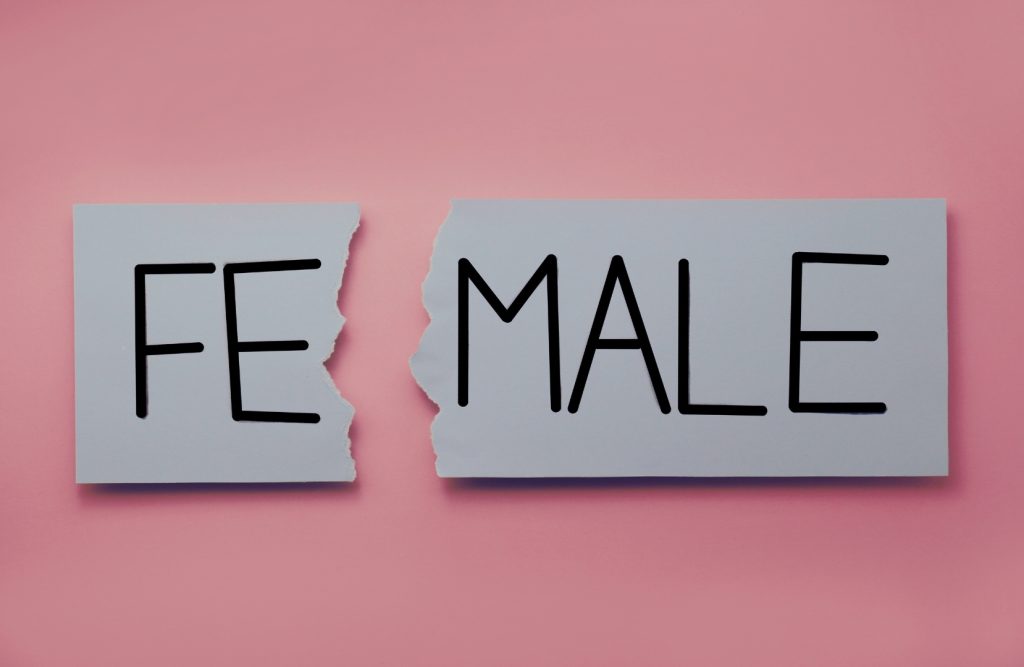
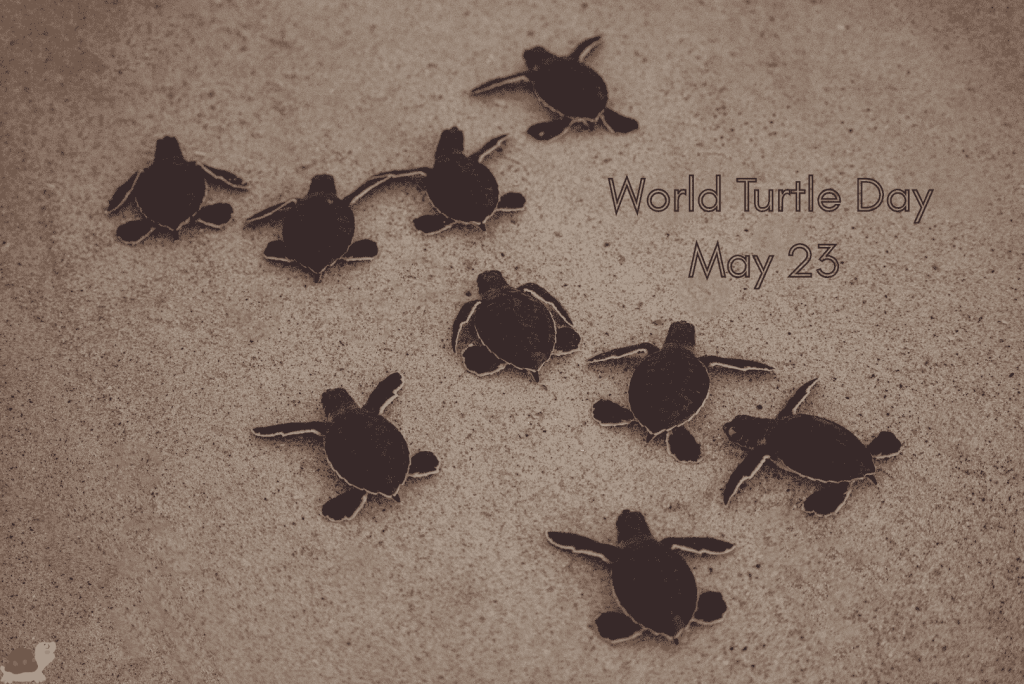


2 Responses
Awesome https://is.gd/N1ikS2
Good https://is.gd/N1ikS2